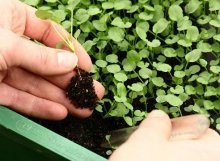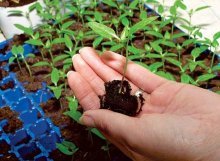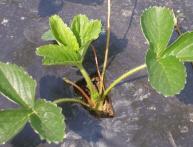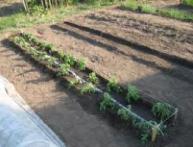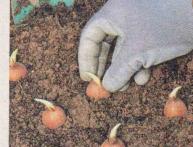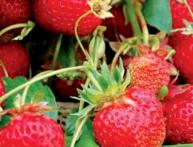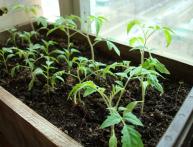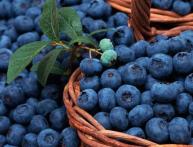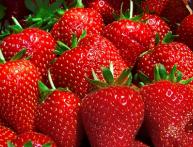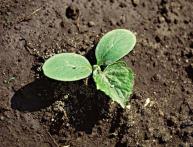What is seedling picking, should I do it or not?
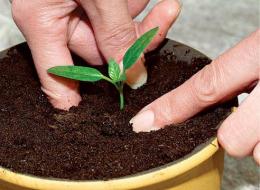
666Bet The guarantee of a high-quality harvest of vegetables, as well as abundant flowering of garden annual flowers, depends on the quality of the seed material and on what kind of seedlings are grown. When growing plants through seedlings, it is necessary to follow a number of agrotechnical practices:
- watering
- feeding
- picking
Even a novice gardener understands that watering and fertilizing is vital for a young plant, as the root system is being formed and green leaves are rapidly growing. But not every gardener can explain exactly what picking seedlings is and how necessary it is.
Content:
- Picking
- Picking seedlings, pros and cons
- How and when to pick
Picking
The term “seedling picking” sometimes refers to different processes.
When growing seedlings of vegetables or flowers, seeds are sown in shallow cassettes - nurseries, where the volume of soil is very small and as they grow, it becomes necessary to provide the plant with more soil. Sometimes seedlings are used in seedling boxes, where as the seedlings grow, they become cramped. In both the first and second cases, there is a need to replant the plants. In this case, picking is the planting of young seedlings in separate pots with a sufficient volume of soil for further growth.
Also, picking seedlings is the removal of part of the root of a plant, sometimes it is carried out when transplanting seedlings into individual containers or when planting in the ground.
The roots of young plants in the first three to four weeks of life are weak and thin, as a rule, represented by one taproot with root hairs. The ability of such a root to obtain nutrients from the soil is very limited. Most gardeners believe that removing the root tip or picking is a good incentive for its increased growth and the formation of lateral branches.
However, every year the number of opponents of picking is growing, considering this procedure not only useless, but also harmful to the seedlings.
Picking seedlings, pros and cons
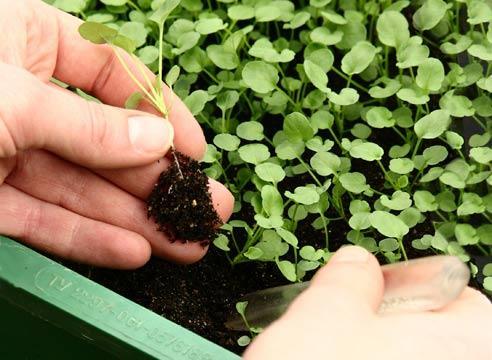
Picking or transplanting seedlings into individual containers provides the growing seedling not only with sufficient soil, but also with more uniform lighting and more nutrients. In addition, subsequent replanting into the ground is carried out together with a ball of earth, which protects the roots from damage and improves rooting in a new place.
But you should not pick with a limited number of seeds, especially rare varieties. In this case, it is better to immediately sow the seedlings in individual pots of the required size, then additional replanting will not be required, which significantly reduces the risk of plant death due to unsuccessful picking actions.
Even more questions about maintaining the viability of seedlings arise when part of the root is removed. This operation is quite difficult for the plant. In the absence of skill, it can become destructive. However, if there is a threat of the seedlings stretching and outgrowing, then root picking is necessary. This will first of all stop the growth of above-ground parts, and will also serve in the future to form a strong root system.
It is worth saying that not all plants tolerate picking equally, and for some it is simply contraindicated.
How and when to pick
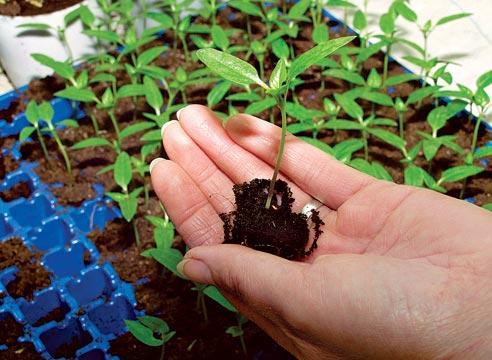
Based on the above, it is correct to consider picking seedlings not just a transplant, but a transplant with simultaneous pinching of the root.
The timing of seedling picking can be judged by the growth of seedlings. Most plants can be picked after the appearance of the third or fourth true leaf, but it is also possible at a later date, when the seedlings already have five to six leaves. One day before picking, you must stop watering the seedlings.
You need to prepare in advance:
- priming
- cups, pots
- spatula, dinner fork
- scissors
For plants with a short period of growing seedlings, containers of 200 - 250 ml are suitable, but if the plants are planted in the ground quite late, then it is better to take larger cups, up to 500 ml.
Using a spatula, fill the cups with moderately moist soil to 3/4 of the volume and make a hole. For picking, it is convenient to use an ordinary fork. With its help, it is more convenient to dig up and take out seedlings, and use a handle to make holes. Using small, sharp, clean scissors, cut off 1 - 2 mm of the longest root; this is more difficult to do with your fingers, since the roots are usually thinner than a thread. Place the roots in the hole and cover them with soil.
If the seedlings differ greatly in size, then the strongest specimens are picked first; the rest can be left and grown in a common container before transplanting into the ground. This will also have to be done if there is not enough space to place the cups.
Tomato and cabbage seedlings tolerate picking well; eggplant and peppers do worse, but it is better to sow cucumber and melon seedlings immediately in separate containers.
Many gardeners use peat cups for individual sowing of seeds. Planting in the ground is done together with it, however, they have the peculiarity of not always dissolving well and inhibiting the growth of roots, so it is advisable to cut them from the side.
Each gardener decides on the issue of picking seedlings independently; perhaps it makes sense to leave some of the seedlings without picking, and then analyze in which case the development of the plants, the end result was more successful.
Interesting information about the vegetable garden

